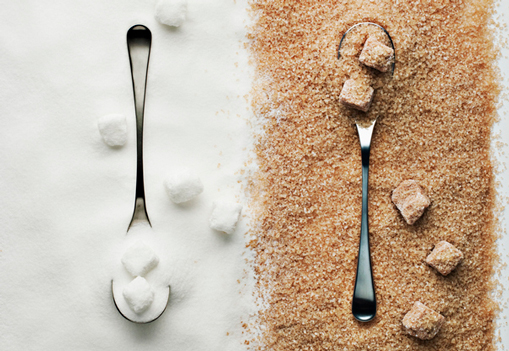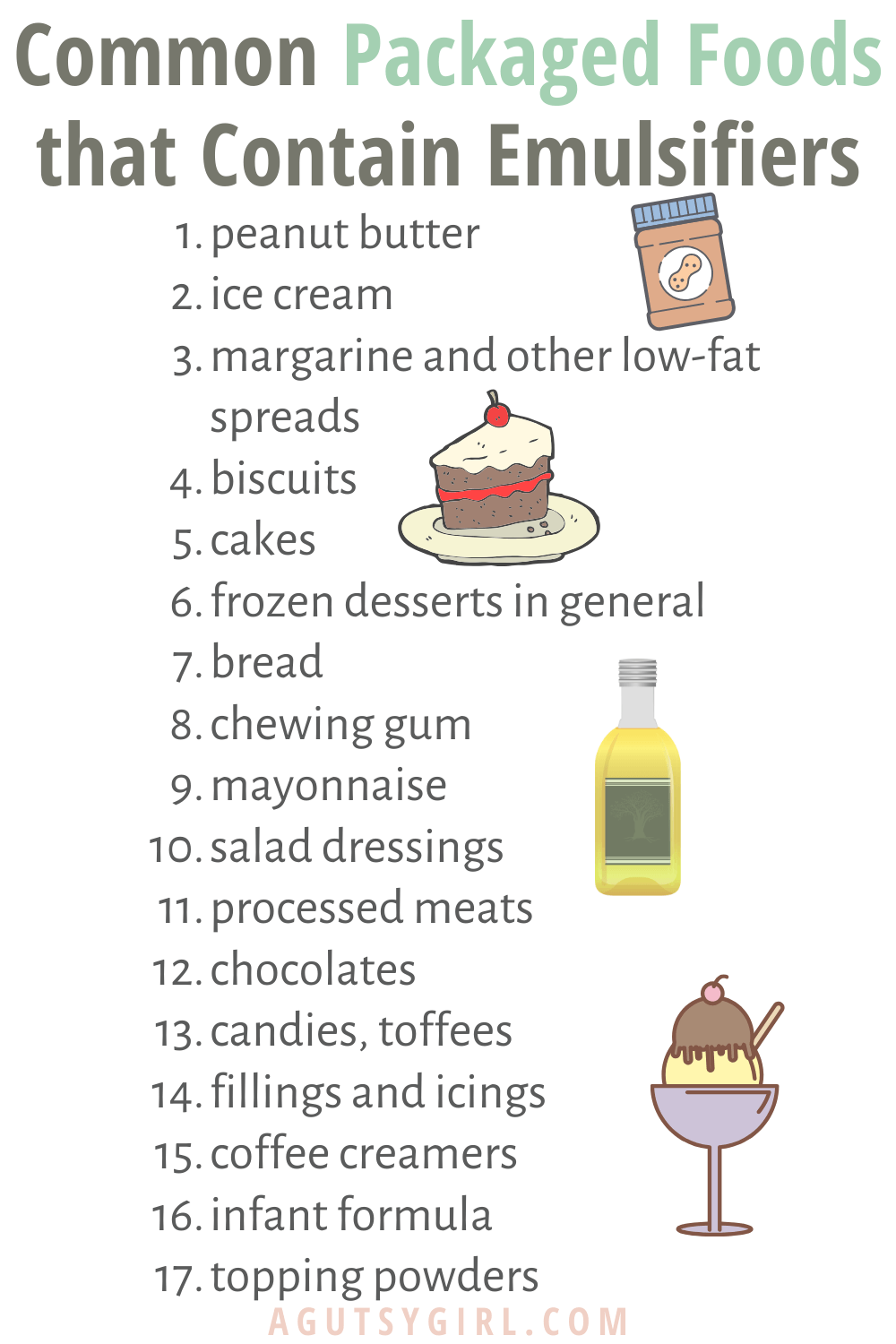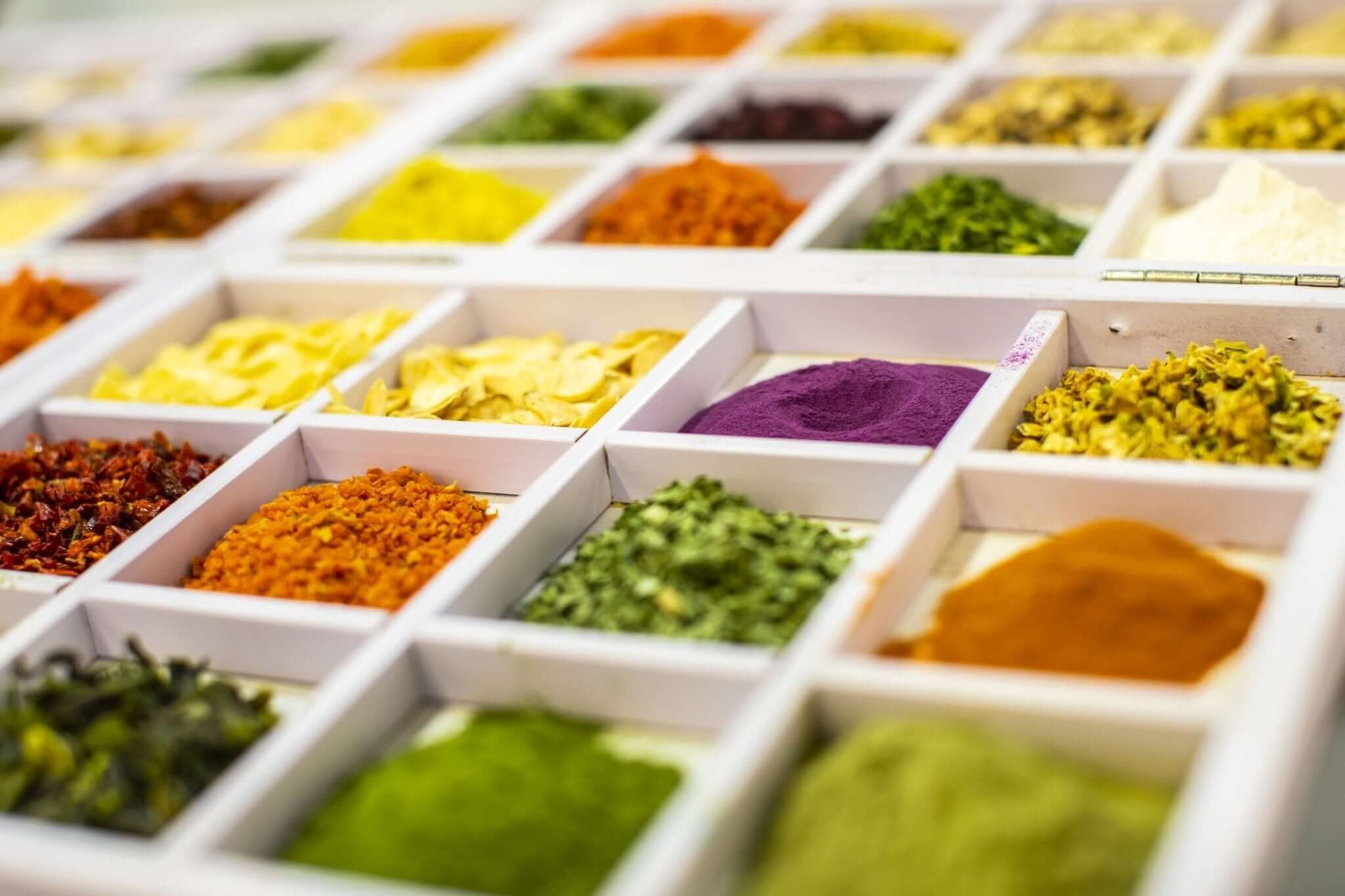The History and Evolution of Emulsifier In Food
Discover the Reasons You Need an Emulsifier in Food for Improved Structure and Stability
Emulsifiers play a vital duty in food preparation, ensuring that active ingredients combine seamlessly, specifically those that normally do not blend well, such as oil and water. Their existence improves appearance, security, and total high quality in a range of cooking applications. This not only enhances the sensory experience yet also prolongs the service life of items. Understanding their relevance can bring about much better cooking outcomes, yet just what makes an emulsifier important in contemporary cuisine?
Recognizing Emulsifiers: What They Are and How They Work
Emulsifiers play an essential role in the food sector by enabling the secure blending of ingredients that generally do not blend, such as oil and water. These substances, which can be all-natural or synthetic, contain molecules with a hydrophilic (water-attracting) and a hydrophobic (water-repelling) end. When included in a mix, emulsifiers minimize the surface area tension between both phases, permitting them to incorporate smoothly. Usual examples consist of lecithin, found in egg yolks, and mono- and diglycerides, usually originated from fats.
In addition to boosting appearance and mouthfeel, emulsifiers contribute to the shelf life of items by avoiding separation, ensuring constant top quality with time. They additionally promote the circulation of flavors and nutrients throughout the combination, boosting overall sensory homes. Recognizing the functionality of emulsifiers is essential for food producers looking for to produce secure, high-grade products that satisfy consumer expectations.

The Role of Emulsifiers in Salad Dressings
In salad dressings, the incorporation of emulsifiers is vital for attaining an uniform texture and avoiding the splitting up of oil and vinegar or other aqueous ingredients. Emulsifiers, such as lecithin or mustard, help with the mixing of immiscible elements, creating a secure emulsion. This stability is crucial for both the look and mouthfeel of the clothing, improving the overall dining experience.
When emulsifiers are made use of, salad dressings maintain their consistency and do not separate, which can be unattractive to customers. The existence of emulsifiers additionally allows for a smoother application on salads, guaranteeing even distribution of flavors. Additionally, emulsifiers can boost the service life of dressings by minimizing the likelihood of splitting up with time. In general, the function of emulsifiers in salad dressings is necessary for both visual charm and practical efficiency, making them a vital component in the cooking globe.

Enhancing Baked Product With Emulsifiers
Although often overlooked, emulsifiers play an essential duty in improving the structure and high quality of baked items. These active ingredients assist to maintain the mixture of fats and liquids, causing a consistent dough that promotes also cooking. By boosting the dough's structure, emulsifiers add to a softer crumb and a much more tender structure, making items like cakes, muffins, and bread more delightful.
Additionally, emulsifiers can prolong the life span of baked products by decreasing staling. They retain moisture, stopping the item from becoming completely dry and hard gradually. On top of that, emulsifiers promote much better aeration throughout blending, bring about enhanced volume and lightness in the final item.
Integrating emulsifiers allows bakers to attain uniformity in top quality, making sure that each batch satisfies customer expectations. Generally, making use of emulsifiers is vital for producing baked items that are not just attractive but also have a rewarding mouthfeel and longer freshness.
Creating Creamy Sauces: The Magic of Emulsifiers
Emulsifiers play a necessary role in the cooking world by assisting in the mixing of components that commonly do not blend, such as oil and water. Various kinds of emulsifiers, from lecithin to mono- and diglycerides, each contribute unique properties that boost the structure and stability of sauces. Comprehending these emulsifiers and their benefits can change simple active ingredients into irresistibly velvety sauces.
Emulsifiers Defined Simply
The art of producing luscious sauces relies heavily on the function of emulsifiers. Emulsifiers are materials that help with the mixing of two immiscible fluids, such as oil and water, which would certainly otherwise divide. By decreasing the surface area tension in between these liquids, emulsifiers develop a stable mix, causing a constant and smooth structure. Usual instances include lecithin, found in egg yolks, and mustard, both of which assistance incorporate fats right into sauces perfectly. These ingredients not just enhance the mouthfeel but additionally add to the general security of the sauce. Understanding the function of emulsifiers is vital for cooks and home chefs alike, as they are important in accomplishing the wanted creaminess and cohesiveness in cooking productions.
Sorts of Emulsifiers
Various sorts of emulsifiers play necessary duties in culinary applications, each offering unique residential properties that add to the creation of velvety sauces - Emulsifier In Food. Lecithin, typically stemmed from egg yolks or soybeans, serves as an all-natural emulsifier, effectively mixing oil and water. Another common emulsifier, mustard, not just enhances flavor however additionally stabilizes emulsions due to its mucilage content. Additionally, xanthan periodontal, a polysaccharide generated by fermentation, supplies enlarging and supporting properties, making it ideal for velvety textures. Mono- and diglycerides, often located in business items, assist in emulsification by minimizing surface stress between components. Recognizing these varied emulsifiers permits chefs to accomplish the wanted uniformity and mouthfeel in their sauces, improving the total dining experience
Benefits for Sauces
While developing velvety sauces might look like a basic task, the duty of emulsifiers is crucial in attaining the best structure and stability. Emulsifiers, such as lecithin or mustard, facilitate the blending of oil and water, protecting against splitting up and making sure a smooth consistency. This residential property is specifically helpful in sauces More Help like vinaigrettes, mayo, and luscious dressings, where an uniform structure improves both appearance and mouthfeel. Furthermore, emulsifiers can improve the sauce's shelf-life by maintaining components, reducing the chance of putridity. Their capacity to improve taste release also makes dishes extra satisfying, as the fats in sauces carry and intensify preference. Ultimately, integrating emulsifiers transforms common sauces right into abundant, velvety delights that raise culinary experiences.
Emulsifiers in Dairy Products: Attaining Uniformity
Emulsifiers play an essential role in dairy items, making sure a steady mix of fats and water that enhances texture and mouthfeel. In products such as milk, cream, and cheese, emulsifiers best site assist preserve uniformity by stopping splitting up, which can bring about undesirable appearances. By maintaining the emulsions, these ingredients enable a consistent circulation of fat, leading to a creamier and smoother item.
Usual emulsifiers made use of in dairy include lecithin, mono- and diglycerides, and salt stearoyl lactylate. These compounds minimize surface area tension between fat and water, promoting a secure mix. Their visibility not only boosts the sensory experience but also prolongs the service life of dairy items by lessening separation during storage space.

The Relevance of Appearance in Culinary Discussion
Texture plays an important duty in culinary discussion, influencing both aesthetic charm and general dining experience. A harmonious mouthfeel can elevate a recipe, making it extra satisfying and remarkable for the customer. In addition, consistency in structure warranties that expectations are satisfied, adding to an all-round gastronomic experience.
Visual Appeal Issues
Typically forgotten, the aesthetic allure of food considerably influences the general eating experience. A recipe's presentation can stimulate emotions, stimulate cravings, and develop anticipation for flavors yet to be tasted. Forms, arrangements, and shades contribute considerably to this visual pleasure. Dynamic shades can boost a dish's appearance, making it a lot more welcoming. Additionally, the textures accomplished through using emulsifiers can create enticing contrasts, such as creamy sauces together with crisp veggies. Such combinations not only improve visual interest but also signal high quality and attention to detail. Inevitably, a well-presented recipe shows the cook's skill and creative thinking, making it most likely to leave a lasting perception on restaurants and elevate the dish to an art kind.
Mouthfeel Boosts Experience
An unified blend of textures can substantially boost the culinary experience, transforming an easy meal into an unforgettable feast. Mouthfeel plays an important duty in how food is regarded, affecting taste understanding and total contentment. When structures are thoughtfully incorporated-- such as luscious sauces wrapping up crisp vegetables or tender meats paired with crispy garnishes-- the sensory experience ends up being extra complex and appealing. Emulsifiers facilitate this interplay by supporting mixes, guaranteeing go to these guys a consistent mouthfeel that boosts satisfaction. The comparison between crunchy and soft, smooth and gritty, astounds the taste, motivating restaurants to enjoy each bite. Eventually, attention to mouthfeel not only enriches the eating experience yet additionally reinforces the virtuosity included in cooking presentation, making it a crucial element of food style.
Consistency Is Trick
The interaction of textures in food not only enhances mouthfeel however likewise emphasizes the value of uniformity in cooking presentation. Regular structure guarantees that each bite provides a foreseeable experience, essential for both satisfaction and satisfaction. When dishes display uniformity in structure, they communicate expertise and interest to information, boosting the total allure. Emulsifiers play a substantial role in accomplishing this consistency by stabilizing blends and stopping splitting up, which can cause unwanted variants. This security permits cooks to develop recipes that not just taste remarkable but likewise look aesthetically appealing. Fundamentally, an unified texture is essential to the dining experience, as it affects assumptions of high quality and craftsmanship in cooking.
Exactly how to Choose the Right Emulsifier for Your Recipes
Exactly how can a chef determine the optimal emulsifier for a certain recipe? The choice pivots on the dish's active ingredients and wanted outcome. First, cooks should consider the sort of solution they intend to develop-- either oil-in-water or water-in-oil. For oil-in-water emulsions, usual emulsifiers include lecithin and mono- and diglycerides, while water-in-oil emulsions may take advantage of beeswax or sorbitan esters.
Next off, the cook must evaluate the functionality required. Some emulsifiers give security at various temperature levels, while others boost texture or mouthfeel. In addition, nutritional restrictions can influence the option; as an example, plant-based alternatives like xanthan periodontal are suitable for vegan recipes.
Ultimately, evaluating different emulsifiers in little sets allows cooks to observe their effects on appearance and stability, making sure the end product fulfills assumptions. By attentively picking the appropriate emulsifier, cooks can notably improve their culinary developments.
Frequently Asked Inquiries
Are Emulsifiers Safe for Individuals With Allergic reactions?
Emulsifiers can be risk-free for individuals with allergic reactions, relying on the certain emulsifier used. Those with allergic reactions need to constantly inspect component tags and consult with medical care experts to avoid possible allergic responses.
Can Emulsifiers Impact the Nutritional Worth of Food?
Emulsifiers can influence the dietary worth of food, possibly changing the absorption of nutrients (Emulsifier In Food). Nonetheless, the degree of this effect varies depending on the sort of emulsifier made use of and the total food structure
Exactly How Do Emulsifiers Impact Food Rack Life?
Emulsifiers can improve food life span by stabilizing blends, avoiding separation and oxidation. This leads to longer-lasting items, as emulsifiers help preserve constant texture and flavor, therefore minimizing wasting and expanding functionality.
Exist Natural Alternatives to Artificial Emulsifiers?
Yes, there are natural alternatives to synthetic emulsifiers. Active ingredients like lecithin from eggs or soy, starches, and specific periodontals can properly stabilize emulsions while providing a more wholesome choice for consumers looking for healthy food items.
Do Emulsifiers Change the Preference of Food Products?
Emulsifiers usually do not change the taste of food products considerably. Their primary role is to improve appearance and security, enabling tastes to remain intact while boosting general mouthfeel and uniformity in numerous culinary applications.
Frequently overlooked, emulsifiers play an essential duty in improving the structure and high quality of baked products. Numerous types of emulsifiers, from lecithin to mono- and diglycerides, each add one-of-a-kind buildings that improve the structure and stability of sauces. Emulsifiers play an indispensable duty in milk products, making certain a stable blend of fats and water that boosts structure and mouthfeel. Some emulsifiers give stability at various temperature levels, while others enhance appearance or mouthfeel. Emulsifiers can be safe for people with allergic reactions, depending on the particular emulsifier utilized.